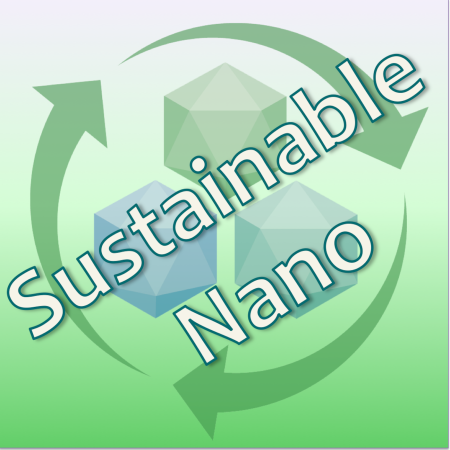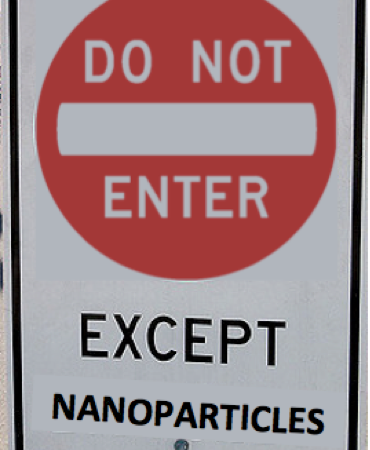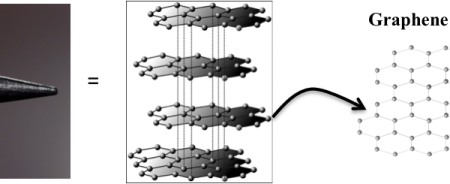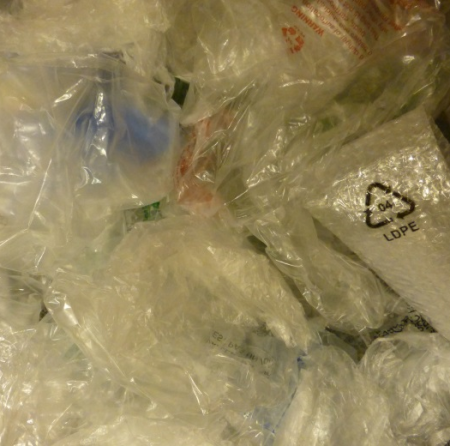
Tag: graphene


How can graphene nanotechnology improve smart contact lenses?

Graphene Oxide: A new tool in the war against bacteria

Ep 8. How Nanomaterials Can Build Better Bikes

Nanoparticles Delivering Drugs Through the Skin

From Leap Year to Frogs to Nanotechnology

Nanomaterials in bicycles???? Part 2
